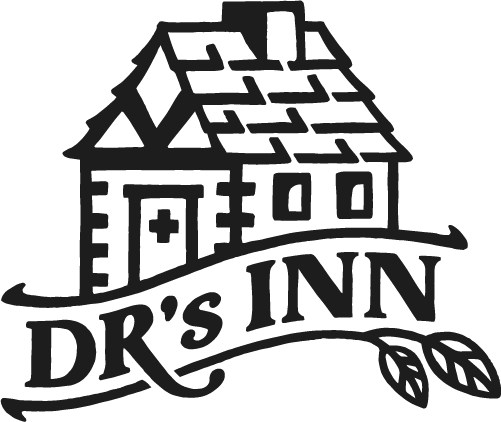How To Use BurnDr
How to Apply BurnDr
Wound Care & Applications
BurnDr is the only topical burn treatment specifically developed for relieving pain, killing harmful bacteria, and rapidly accelerating the healing process!
Immediate treatment of any wound is extremely important to lessen the chance of infection and scarring. It was once believed that keeping a wound uncovered, allowing it to get air, caused the wound to heal faster. Many studies since have shown this is simply not the case.
By allowing a wound to remain uncovered gives it an increased chance of being exposed to bacteria, thus causing infection. Additionally, when you allow a wound to scab over by leaving it exposed, you are at greater risk of visible scarring.
Harmful Bacteria Associated with Burns
There are 4 common bacteria associated with burns. All of them are harmful and if left untreated can be life threatening. Infections are serious and need to be treated immediately to avoid complications. BurnDr treats and kills these 4 types of bacteria along with many more.
| M.R.S.A. | Also known as Methicillin-resistant Staphylococcus aureus refers to a group of gram-positive bacteria that are genetically distinct from other strains of Staphylococcus aureus. This is also referred to as the Super-Bug as common antibiotics do not treat it. |
| Streptococcus pyogenes | Streptococcus pyogenes is a species of Gram-positive bacterium in the genus Streptococcus. These bacteria are aerotolerant and an extracellular bacterium, made up of non-motile and non-sporing cocci. Streptococcus causes around 700 million infections worldwide annually ranging from minor to life threatening. |
| Staphylococcus aureus | Staphylococcus aureus is the most dangerous of all of the many common staphylococcal bacteria. These gram-positive, sphere-shaped (coccal) bacteria often cause skin infections but can cause pneumonia, heart valve infections, and bone infections. … Thoroughly washing the hands can help prevent spread of infection. |
| Proteus mirabilis | Proteus mirabilis is a Gram-negative, facultatively anaerobic, rod-shaped bacterium. It shows swarming motility and urease activity. P. mirabilis causes 90% of all Proteus infections in humans. It is widely distributed in soil and water. |
Claim Your 10% Off Coupon
And be the first to know about new collections and exclusive offers.
